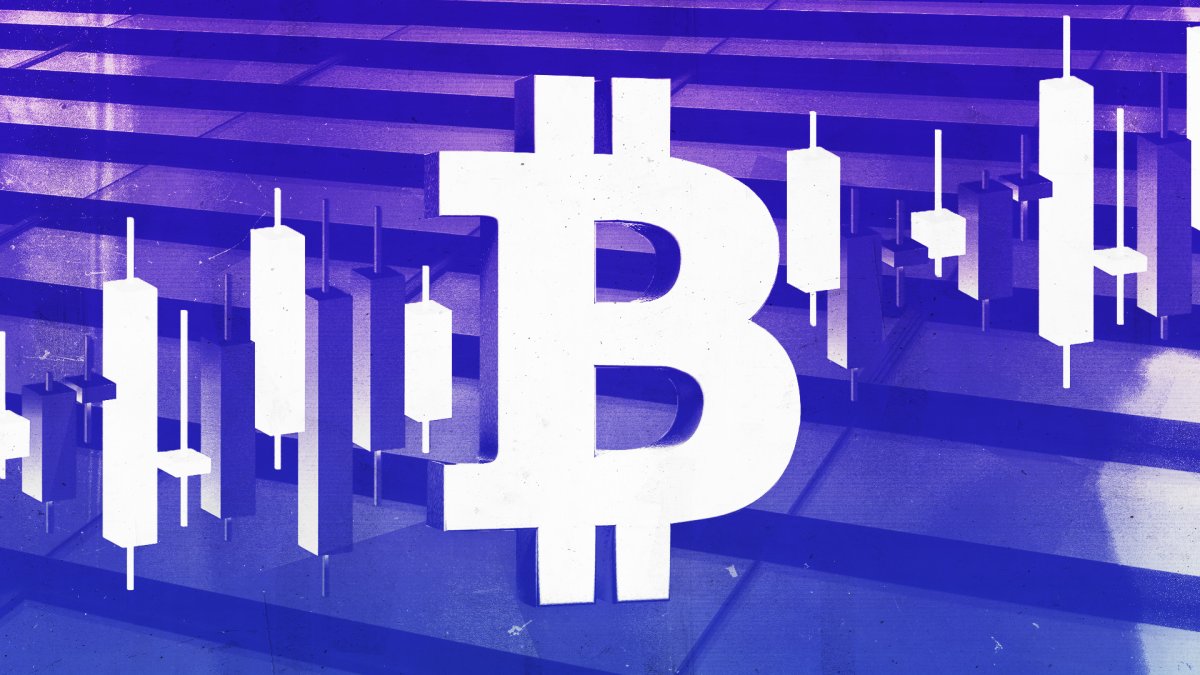An analyst suggested that the Bitcoin halving event will bring about “real changes” in the digital asset’s supply and demand dynamics, contradicting the notion that it has already been factored into the market. Matt Balensweig, BitGo’s Head of Go Network, shared his insights on the ongoing speculation surrounding the halving’s pricing.
According to Balensweig, investors often debate whether the halving’s impact is already reflected in the market, but historical trends indicate otherwise. He pointed out that similar doubts arose regarding the approval of spot Bitcoin ETFs, yet their introduction led to a significant price rally over the initial 60 days of trading.
Balensweig elaborated that events like these trigger tangible shifts in supply and demand dynamics within exchange order books. He emphasized that the upcoming halving will exemplify this trend, as traders aim to position themselves ahead of the event. However, once the halving occurs, there will be a reduction in daily supply on exchange order books, potentially leading to bid-side pressure due to thinner sell-side liquidity.
In contrast to Balensweig’s perspective, Coinbase analysts David Duong and David Han suggested that this halving differs from previous ones, as it follows Bitcoin’s recent surge to an all-time high of over $73,000 in mid-March. They proposed that this milestone could indicate that savvy traders have already factored in the halving’s effects.
The Bitcoin halving event is anticipated to take place on Saturday, April 20, according to The Block’s Halving Countdown. This event occurs every four years, reducing the block reward miners earn by half. This time, each new block mined will yield 3.125 BTC, down from the current 6.25 BTC block reward.
Historically, Bitcoin has experienced significant price gains 12 to 18 months after a halving, driven by diminishing supply and increasing demand. Notably, the surge in demand has been further fueled by the introduction of 11 spot Bitcoin ETFs in this cycle.
